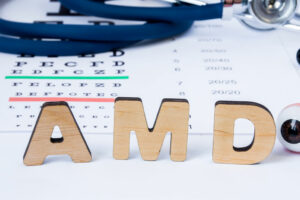
Modifying homes for people with poor vision
One of the top reasons for low vision and blindness in people over 55 is macular degeneration. Macular degeneration causes loss of vision due to damage to the macula in the retina of the eye. It can be difficult for people with this condition to live in inaccessible homes. So, to ensure ease of maneuverability for people with macular degeneration or similar conditions, here are 13 tips to make a home low-vision friendly. Use clear and contrasting colors for walls The key to making a low-vision-friendly home is using light and dark colors. Dark colors can be complex for those with low vision, but if used intelligently, it can make all the difference. The answer lies in how light reflects off certain surfaces. If you have a bright yellow wall with black trim around it, then any space adjacent to it will be illuminated by daylight coming through windows above them. Contrasting shades like white or black help keep things cooler by reflecting out more heat than they receive from direct sunlight. Place essential items in your line of sight Ensure that important items, such as mobility aids, phones, and other necessities, are within your line of sight and not obscured by something else in the room.
Read More 





